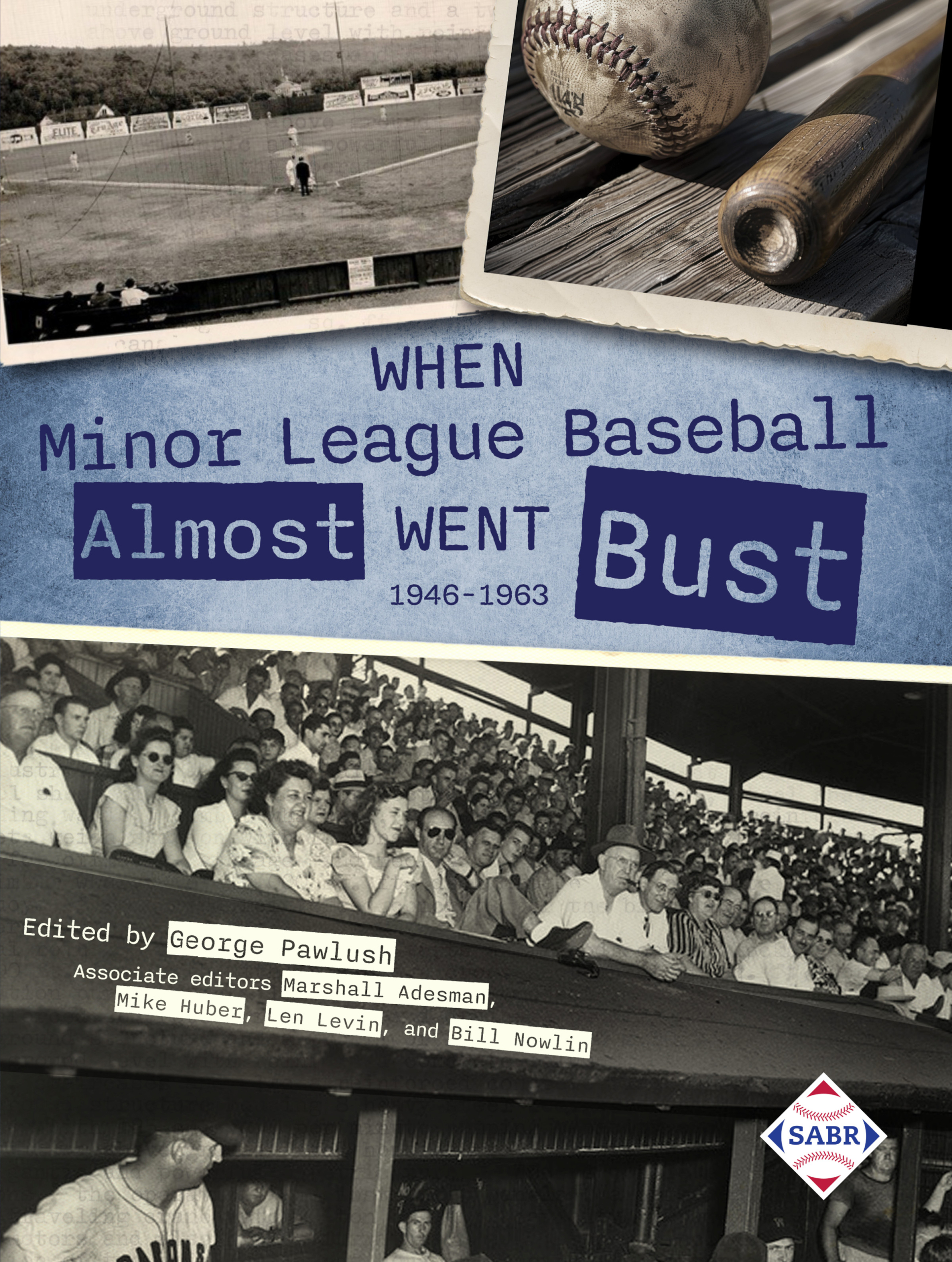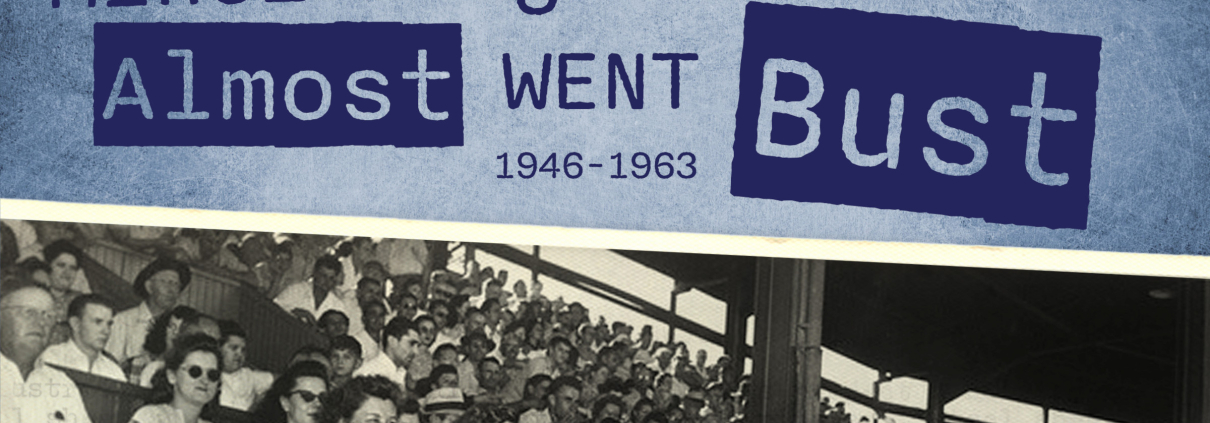Introduction: When Minor League Baseball Almost Went Bust: 1946-1963
This article was written by George Pawlush
This article was published in When Minor League Baseball Almost Went Bust: 1946-1963
 When Minor League Baseball Almost Went Bust, produced by SABR’s Minor Leagues Committee and published in 2025, looks at the highs and lows of an era that was driven by new technology and the emergence of alternate ways for baseball fans to spend their leisure time. It was also a time when I discovered minor-league baseball and The Sporting News.
When Minor League Baseball Almost Went Bust, produced by SABR’s Minor Leagues Committee and published in 2025, looks at the highs and lows of an era that was driven by new technology and the emergence of alternate ways for baseball fans to spend their leisure time. It was also a time when I discovered minor-league baseball and The Sporting News.
Interest in minor-league baseball was extremely high in the post-World War II United States and Canada. It seemed as if every town wanted to get into the game. In 1949 the minor leagues reached their zenith with 59 leagues, 448 teams, and an estimated 10,000 players. Just 14 years later, in 1963, minor-league baseball had shrunken to 18 leagues and 129 teams, and was on life support until rescued by the major leagues.
This book includes articles about the many leagues and teams that didn’t survive this era,and shows the grit of the owners and fans in these towns and cities who fought to keep baseball alive in their communities. Ultimately, most of the teams succumbed to forces beyond their control. The book captures some historic baseball events such as Jackie Robinson breaking the minor-league color barrier, joining the Montreal Royals in 1946, and the adoption of the major leagues’ 1963 Player Development Contract, which stabilized minor-league baseball.
A major issue for many minor-league teams in the late 1940s and 1950s was a lack of major-league support. In 1949 just 235 teams were affiliated with major-league organizations, while 213 were independently operated. Sufficient financing was always an issue for the independent teams, which had to recruit players. Their primary source of income came from selling their top prospects to major-league organizations. Very few independent teams ever made money. They survived year-to-year based on their attendance and the willingness of their local governments to support them, especially with the rental of their baseball facilities.
By the early 1950s minor-league baseball began a rapid decline. Clubs not affiliated with a major-league organization were the first to go out of business. Factors that fueled this decline included the growth of television and the affordability of home air conditioners, giving fans more incentives to stay at home and watch TV rather than go to games. Recreational sports like golf, tennis, and bowling offered additional outlets for fans to spend their free time. In addition, the steady growth of professional and college football, professional basketball, Little League baseball, and horse racing drew people away from ballparks.
By 1963 major-league owners realized that something had to be done to stem the downward spiral of the minor leagues. The minor-league system was too important to player development. The major leagues responded with the Player Development Contract, which gave the minors a new life as it began to cover minor-league affiliates’ operating expenses. This opened a new era for minor-league baseball that remains true to today.
It has been said that “it takes a village” to get the job done. And this book, which took almost three years to accomplish, wouldn’t have happened without the dedicated efforts of the 39 people who served as authors, editors, and fact-checkers. We came together as a team to complete the project.
This is the first publication of SABR’s Minor Leagues Research Committee in over 25 years and, hopefully, will the first of a series in the years ahead.
GEORGE PAWLUSH grew up in Wilkes-Barre, Pennsylvania. In his career, he spent 43 years as a senior public-relations practitioner in health care and higher education institutions, first at his alma mater, Wilkes University, and then at Geisinger-Wyoming Valley Medical Center and other hospitals in Connecticut, including Yale-New Haven Hospital. Pawlush has published two books – Dawn and Dusk of the Colonial League, a post-World War II minor-league circuit that operated in Connecticut and New York, and Zeus and His Boys, about coach Rollie Schmidt and his Wilkes College football teams of the
late 1960s that produced a 32-game winning streak. Pawlush, who joined SABR in 1992, is chairman of the Minor Leagues Committee.
- Read more: Find all essays from When Minor League Baseball Almost Went Bust in the SABR Research Collection online
- E-book: Click here to download the e-book version of When Minor League Baseball Almost Went Bust for FREE from the SABR Store. Available in PDF, MOBI, EPUB/Kindle formats.
- Paperback: Get a 50% discount on the When Minor League Baseball Almost Went Bust paperback edition from the SABR Store ($15.95 includes shipping/tax; delivery via Amazon Kindle Direct can take up to 4-6 weeks.)


